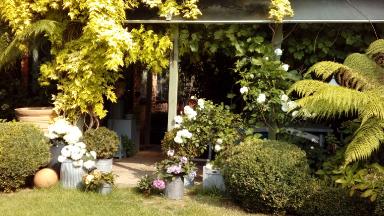Still Life...
Notes for a workshop for the Kennet Valley Art Group:
With still
life, you are in total control of your subject matter. Your subject doesn’t move about while you’re
trying to paint it. Usually, you can
control the lighting. You can spend as
long as you like choosing and arranging your subject matter until you find an
interesting and satisfying composition.
You can
make a statement with a still life – about certain visual qualities, about the
transience of things, the relationships between things, the meaning of specific
objects… whatever appeals to you.
Look at Morandi, Cezanne, Picasso, Chardin, Dutch masters.
Composing your subject
A few simple guidelines…
·
Choose objects that are related in some way. Have a ‘theme’.
·
Consider the background right from the start.
·
Make some very quick thumbnail sketches to work out
your composition, in terms of
shapes
and major tonal areas.
·
Try to get a flow through the painting, to draw the
viewer’s eye around the picture.
·
Avoid clashing edges, where things touch but don’t
overlap.
·
Don’t leave vast amounts of space around your subject.
·
Aim for balance but not symmetry.
Negative space
Negative
space is any area in your painting that is NOT a specific object. It consists of the shapes around and between
things.
Since
watercolour is a transparent medium, you can’t paint light on top of dark, or a
colour on top of its complement – the underlying wash will show through.
You can paint dark on light. That’s fine where the object is darker than
what surrounds it, but what if the object is lighter? Well, then you paint the negative area behind or between your objects.
This is
tremendously useful in watercolour, as it enables you to paint a broad, loose wash,
and then a darker wash to ‘cut out’ the object.
Much better than painting each shape separately like painting by
numbers. It does take a bit of thought!
EDGES –
think about the type of edge you want; soft
blend into another shape (wet on wet), or hard
edge giving definition (wet on dry). If
in doubt, fade it out.
 .
. 

 . .
. .

